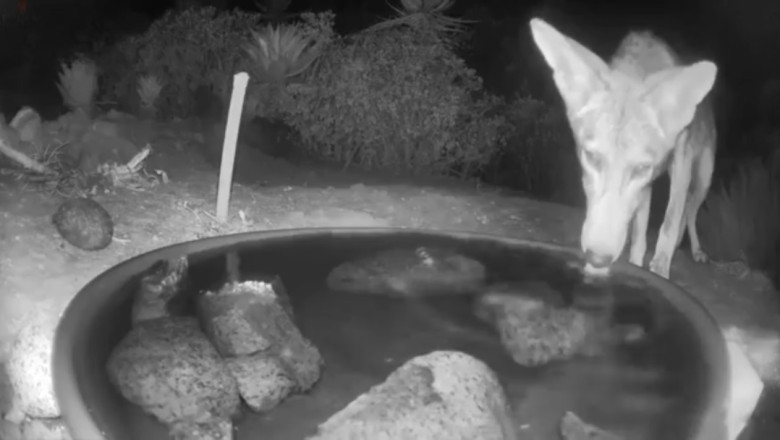
views
“Thirsty Locals: Jennifer’s Backyard Becomes a Wildlife Oasis”
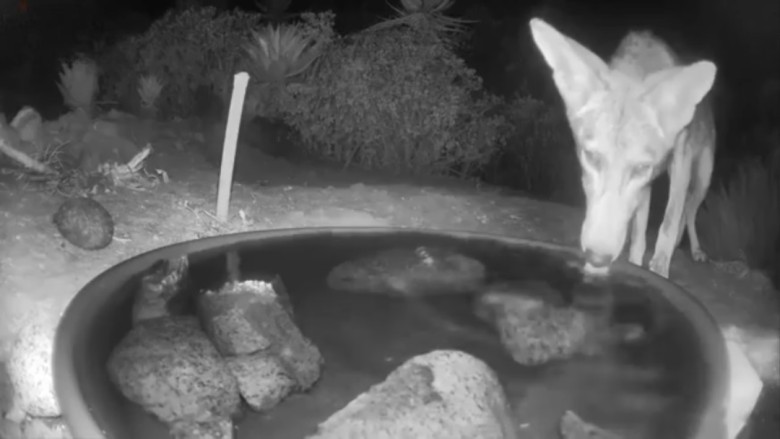
Jennifer Malone always thought of her backyard as a quiet patch of grass behind her home in the hills of southern California—nothing fancy, just a couple of bird feeders, a garden hose, and a shaded spot for her dog to nap.
But over the past year, something unexpected happened.
One evening while sipping tea on her back porch, Jennifer noticed a raccoon cautiously sipping from the shallow birdbath near the fence. The next night, two skunks appeared, waddling silently to drink from the same spot.
Curious, she set up a motion-activated trail camera.
What the camera revealed was nothing short of extraordinary.
“I never realized there were so many animals in my yard,” Jennifer said with a laugh. “It's like I’m running a speakeasy for wildlife.”
A Backyard Becomes a Sanctuary
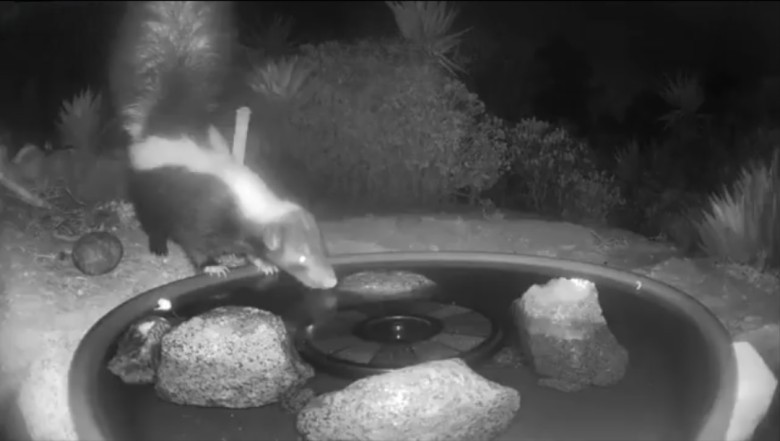
The footage showed a parade of thirsty guests: bobcats padding softly under moonlight, possums sniffing curiously at the flowerbeds, coyotes stopping by for a drink before disappearing into the dark. Birds of every color arrived during the day, splashing in the water and chirping loudly as if they’d reserved the space in advance.
“It started with a few regulars,” Jennifer said. “Then word must have gotten out.”
Each night brought a new surprise: a family of skunks politely taking turns at the bowl, a lone coyote circling before settling down for a brief nap, even an owl swooping in silently to perch and observe the activity like a quiet security guard.
Jennifer, who had worked from home since 2020, found herself fascinated by the rhythm of her yard. She began naming some of the repeat visitors—“Rascal” the raccoon, “Dot” the speckled bobcat, “Marble” the blue jay with one white wing.
“They all have personalities,” she said. “The raccoons are clever, the coyotes are cautious, and the birds are total divas.”
Why Jennifer’s Yard?
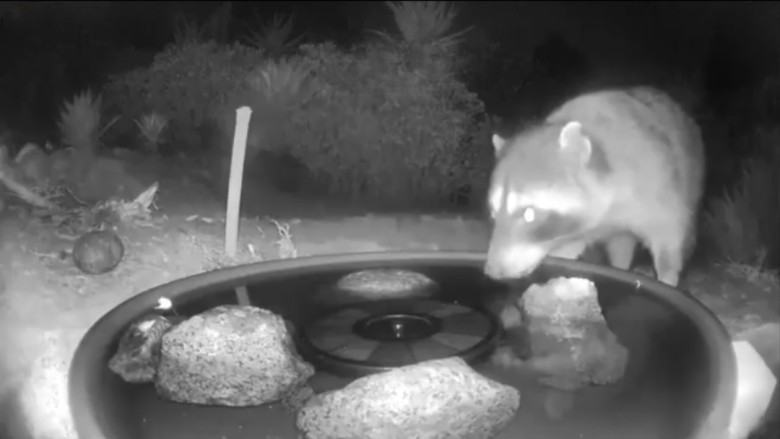
Experts say Jennifer’s backyard oasis is more than luck—it's a combination of location, water availability, and respect for the wild.
“In dry regions, especially in California, backyards with consistent water sources can become essential for wildlife,” said Dr. Rachel Linden, a biologist with the California Wildlife Foundation. “Birdbaths, water bowls, shaded areas—these small gestures have big impacts.”
Jennifer didn’t realize it at first, but she had unintentionally created a critical micro-habitat. By keeping water clean and accessible, avoiding pesticides, and planting native species, she offered a rare refuge in a suburban neighborhood increasingly fragmented by development.
“I never did any of it on purpose,” she admitted. “But once I realized what was happening, I leaned in.”
Now, her yard features multiple shallow dishes refreshed daily, native shrubs, and soft solar lighting to avoid startling the animals.
Community Reactions
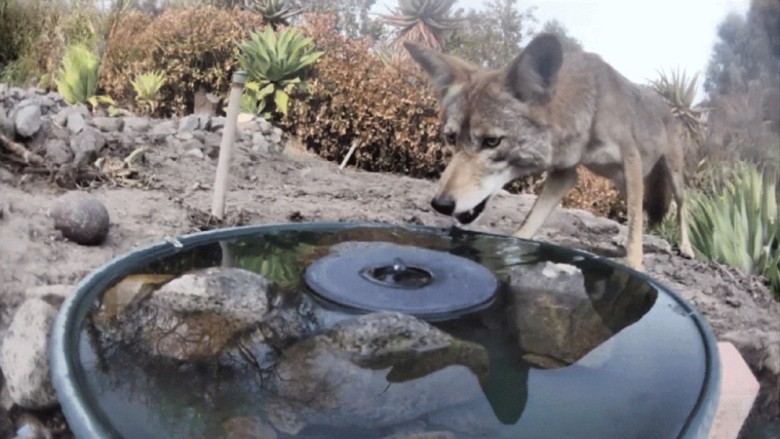
At first, some neighbors were skeptical.
“A bobcat? In your yard? Yeah, right,” one friend had said.
But when Jennifer shared the camera footage—crystal-clear night shots of sleek bobcats and skunks sniffing the same water dish—doubt turned to amazement.
“It was like a National Geographic documentary, but in our ZIP code,” said her neighbor, Tim Reyes.
Now, several families on the block have followed her lead, adding water features or leaving seed for birds. One neighbor even built a small DIY pond.
“It’s not just Jennifer’s yard anymore,” said Tim. “The whole street has kind of come alive.”
The Joy of Connection
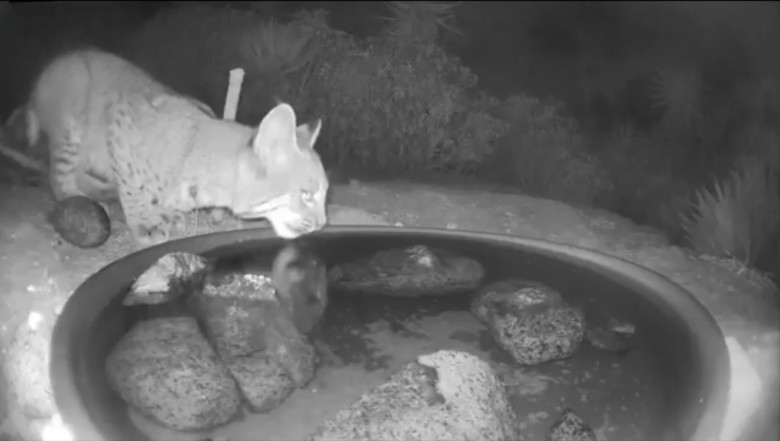
For Jennifer, the experience has been transformative. During times of stress and isolation, especially post-pandemic, watching wildlife offered comfort and perspective.
“These animals aren’t doing anything special,” she said. “They’re just trying to survive. And somehow, they’ve chosen to trust this space—even if just for a moment.”
She began journaling her observations and posting short clips on social media. To her surprise, her “Backyard Watch” series gained a small but devoted following.
“I had a possum video get like 10,000 views,” she said, still surprised. “People messaged me saying it made their day.”
Some comments came from city dwellers who missed seeing animals. Others shared their own footage, creating a quiet network of backyard nature-lovers.
“It’s such a simple thing, but it connects us,” Jennifer said. “Nature, when we let it in—even just a little—brings something beautiful to everyday life.”
A Balanced Approach
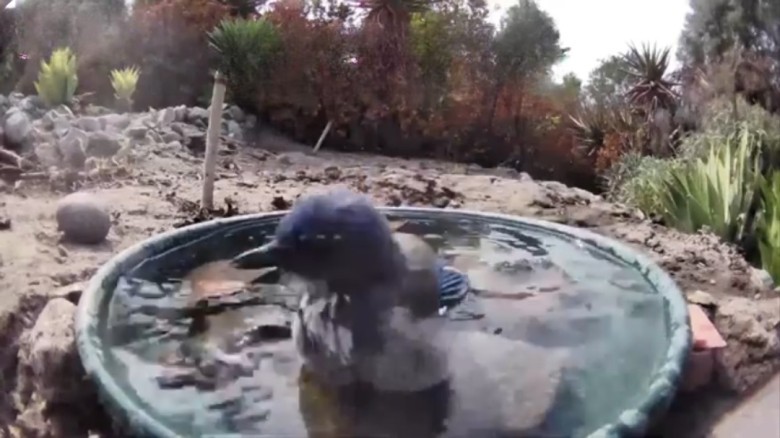
Jennifer is careful to keep her backyard friendly, not dependent.
“I never feed them,” she explained. “Water is one thing. But feeding can make them reliant or change their behavior.”
Instead, she lets nature do what it does best—arrive, drink, and move on.
Dr. Linden agrees. “Jennifer’s doing it right. She’s created a passive support system—giving without interfering. That’s what ethical coexistence looks like.”
A Story That’s Still Unfolding
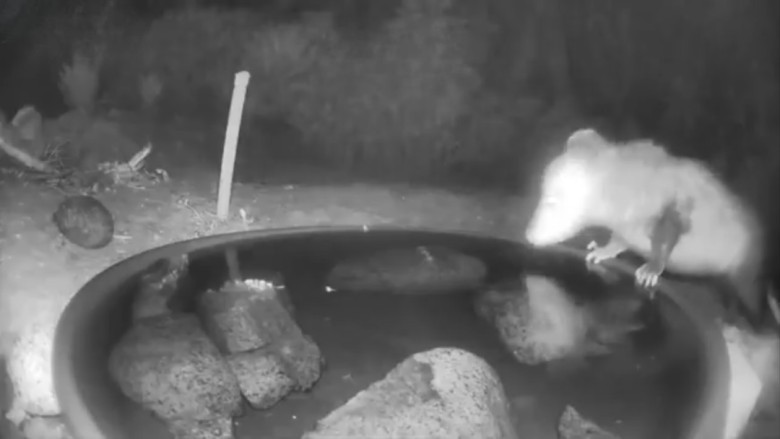
As summer begins, Jennifer’s yard remains a local hotspot.
“I refill the birdbath in the morning, and by dusk, the raccoons are back. Last week, I saw three coyotes together—it was surreal.”
She even had a surprise visit from a fox one morning at dawn.
“I felt like it was saying, ‘Hey, I heard this was the place to be,’” she joked.
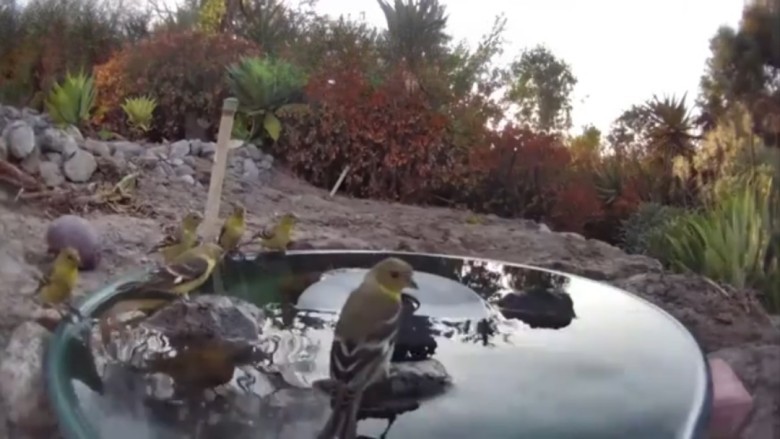
Her phone is now full of photos—glowing eyes in the dark, feathered flashes in the daylight, paw prints near the flowerbeds.
“It’s like I live at the edge of two worlds,” she said. “The human and the wild.”
Jennifer has no plans to stop. In fact, she’s working with a local school to donate trail cameras so kids can discover what animals live near them.
“There’s so much life around us that we never see,” she said. “Sometimes, all it takes is a bowl of water and a little patience.”










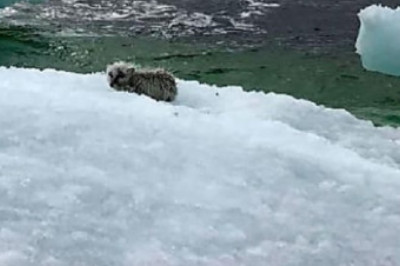
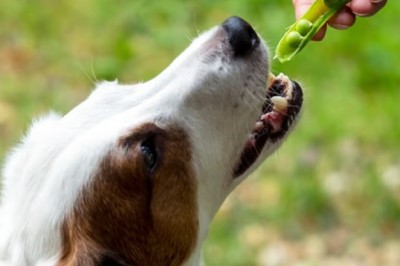
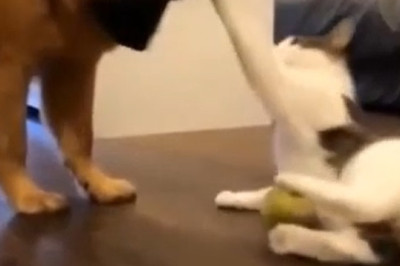

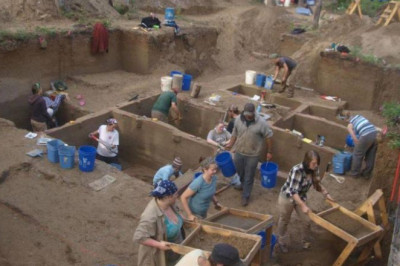

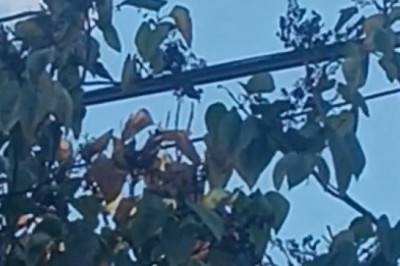
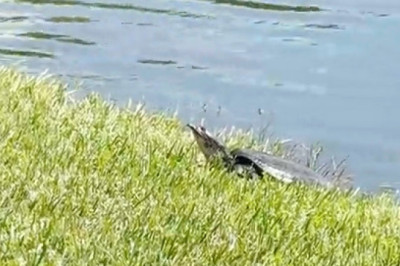
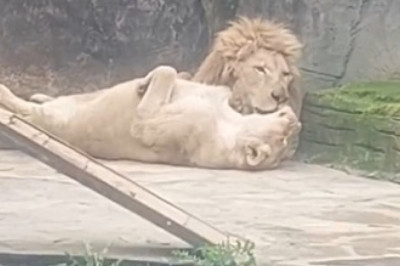
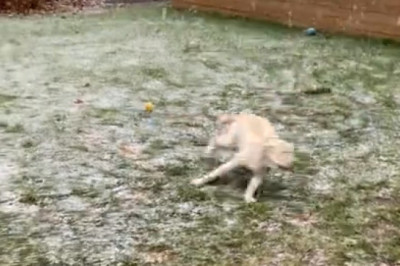
Comments
0 comment